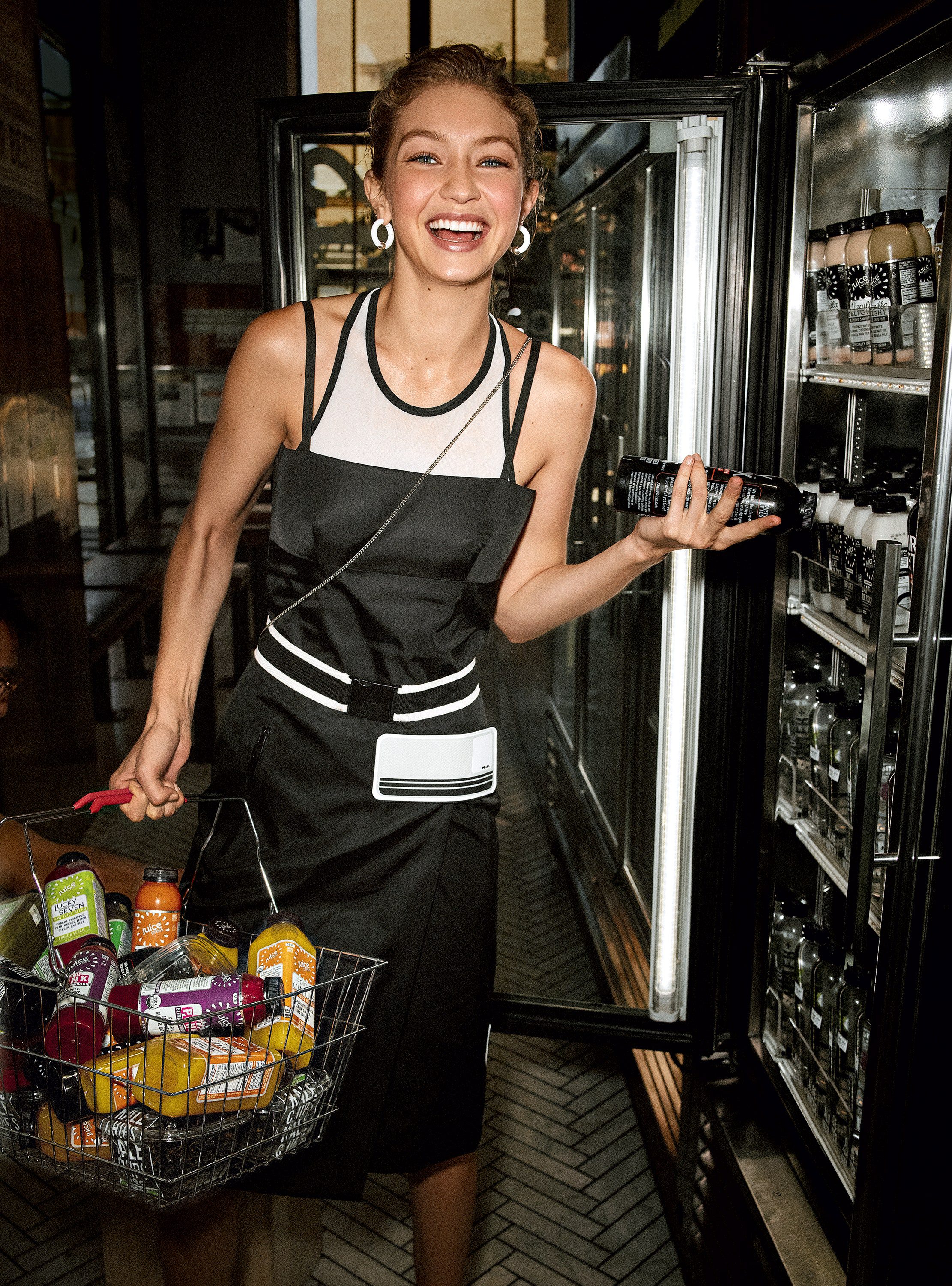We may earn a commission if you buy something from any affiliate links on our site.
The word “anxiety” may get thrown around a lot nowadays, but it’s also one of the most prevalent mental health issues that impacts our lives in detrimental ways. The most common mental illness in the world, statistics suggest that 60 percent of us experience at least mild symptoms of anxiety. Even more of us–76 percent–are stressed. Tumultuous emotions are widespread–so what can we do about it?
For Dr Uma Naidoo, a Harvard-trained nutritional psychiatrist–whose book Calm Your Mind With Food is an empowering read on harnessing the medicinal powers of food–some of the answer lies in how we are eating. With a growing understanding that so much of what we eat as a population is ultra-processed and/or filled with hidden sugars, maybe it’s time to tackle our lifestyles from a more holistic perspective.
“So many people overlook food as a tool to feel emotionally well,” Dr Naidoo tells me over Zoom. “Instead, many think about it in terms of weight or waistline, rather than the fact that it has a full effect on the body, and more importantly, our brain and mental wellbeing.” The education has probably not been there–after all, it’s only in the last couple of decades that we’ve begun to discover the gut microbiome and its impact on the brain, also known as the gut-brain axis.
Our gut health has a “powerful influence” on different parts of the body, which is why there is–says Dr Naidoo–“power on your fork”. If you’re suffering from some form of mental health issue, it’s key to think carefully about your food choices. “Even if you’re someone who is taking medication [for your mental health], food can help enhance how you’re feeling,” says Dr Naidoo. “It is an incredibly powerful tool.”
With so many of us inadvertently consuming ultra-processed foods, it’s a good idea to understand what they do to the body and why they’re best avoided. “They drive inflammation, especially in the gut,” she says. “Many of the ingredients listed on labels aren’t recognizable–there are 262 different names for sugar alone–and what these types of ingredients do is feed the bad microbes in the microbiome. These microbes like to eat those unhealthy, ultra-processed ingredients from foods, then start to damage the cell linings and create gut inflammation.”
It’s at this point that many people see an uptick in symptoms–both physical and mental. “They will come to me with increased anxiety and depression, an onset of new mental health symptoms, simply because the way they’ve been eating is disrupting their gut microbiome,” she says. “When the gut is inflamed, that leads to inflammation in the brain because these organs are connected – it’s an ecosystem.”
So what are her tips for eating for better mental health? Find her insights, below.
Consciously swap an unhealthy habit for a healthy one
“Most of us are aware when we have picked up an unhealthy habit. As an example, during the pandemic, many of us began to drink more wine or comfort-ate excessive amounts of ice cream when we were at home because it was a stressful time. Whatever it is for you, it’s worth paying attention to that habit, and see if you can swap it for something healthier. In my first book, The Food Mood Connection, there is an ice cream recipe made from fruit, which is obviously a much healthier choice as fruit is a whole food. You can have a portion of that and feel satiated, plus you get the nutrients from the fruit.”
Reach for whole foods…
“…Rather than a processed version of them. A good example is orange juice–eat an actual clementine or mandarin instead of drinking the juice. The juice often contains added sugar and the fiber is removed. Eating actual food is so much more important. Another thing to note is that there are often many processed versions of healthy foods. A big thing in the US now is processed types of cauliflower, including cauliflower nuggets and pizza crust. If you’re making it at home and have time to break the cauliflower down and cook it into a crust, then that’s great, because you know what’s gone into it, but many of the versions that are sold in stores are processed and contain additives, which are not healthy. Always look for the actual food.”
What should be on your plate
“The more times you reach for healthier foods, the better position you’ll be in to heal your gut microbiome and start to feel better. Incorporate more whole foods. On each plate, I’d say 50 percent should be different colorful vegetables and greens; then a lean protein, such as tofu or chicken; then a healthy fat, like a few slices of avocado. You also want a grain of some kind, which could be a bit of quinoa or brown rice.”
Supplements can help
“I don’t think any of us eat a perfect diet, so supplements can be good to address nutritional gaps. A good supplement for anxiety is ashwagandha–it’s bitter tasting but it is backed by good clinical trials. Many are deficient in vitamin D, so it’s important to check and supplement if needed. Globally, the World Health Organization has identified iron deficiency as the most common nutritional deficiency, so make sure you’re getting enough iron from different protein sources in your diet, whether that’s via meat or plants.”
Make small and steady changes
“This is a marathon and not a sprint–if you say you’re going to throw out all of your food and make 10 different changes today, it’s unlikely you’ll be able to sustain that. After three to four days, you’re going to start eating the foods you’re trying to avoid, so make small habitual changes. As you start to feel better, build up on them.”
